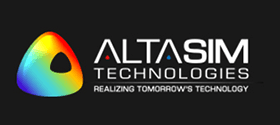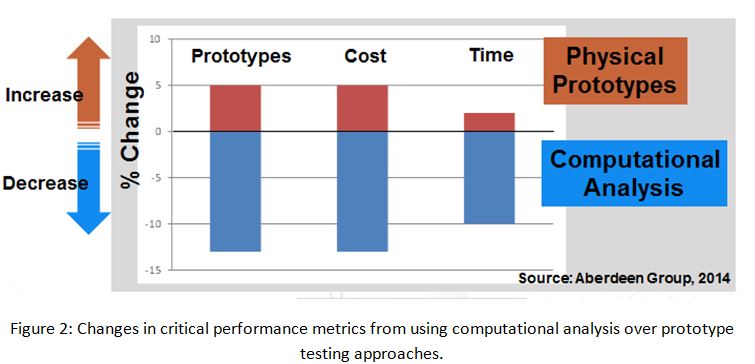Modeling and Simulation: Motive
“It’s not just what you do it’s also why you do it” – Part 1
As scientists and engineers involved with modeling and simulation it is natural for us to focus on the intricacies of the tools that we use and to instinctively value the use of computational analysis. Consequently we often hear that modeling and simulation can enable a greater understanding, provide insight, identify solutions and isolate critical factors that affect performance. But increasingly we are asked to justify the use of computational analysis to individuals who don’t have the same intuitive relationship to the work. So what is the motivation for increasing the use of modeling and simulation, and as importantly where is the opportunity? In this blog we will address the issue of motive; a subsequent one will address our view of the future opportunity for modeling and simulation.
In the past companies and individuals have attempted to develop a more quantitative value proposition for modeling and simulation with statements such as “$7 return for every $1 spent on modeling and simulation”, “Expenditures on testing dropped from 40% to 15%” and “Design cycle reduced from 2 years to 8 months”. Our own evaluations performed for DARPA suggested 90% reduction in time and 50% reduction in cost for a specific product development. But how encompassing are these statements or are they only specific to isolated operations that cannot be generalized? Recently there have been a number of surveys that have looked more widely at the benefits of modeling and simulations, here we provide a brief summary of those findings in the hope that it will allow you to see the motive behind using modeling and simulation as well as see potential future opportunities to increase the role that it can play. Let’s start by looking at information that has tried to quantify the benefit of modeling and simulation.
In 2014 an estimated 1/3rd of a company’s annual revenue came from new products, meaning that continued innovation is now required to establish, maintain or grow market share. The Aberdeen Group recently surveyed (1) over 550 companies to identify how well they performed in the critical areas of cost for new product development, timeliness of delivery and quality of new products (Figure 1).
The top 20% were deemed “Best in Class” and the data suggest that this group of companies outperform the average by up to 20 percentage points in the critical areas of launch date and cost. The companies in the bottom 30% of performers, termed “Laggards”, are so far behind the best in class performers in launch date and cost that you have to wonder if they will ever catch up. Interestingly, the scores in the quality metric are closer for the three groups suggesting that activity over the last few decades to improve quality and consistency is now firmly embedded in the new product development cycle, and that broadly speaking most new products are of high quality.
But the questions that immediately follow are: “How are the best-in-class achieving their targets?” and “What are they doing that others are not?” The consistent answer is that these companies have embraced the use of computational analysis and virtual prototyping over the traditional testing and evaluation approaches. The ability to simulate real world problems coupled with easier access to the required hardware and software has enabled the forward thinking companies to integrate computational analysis into their product development cycle. In this way they have been able to differentiate themselves from the competition and outperform the market by reducing the number of failures during the development cycle and being able to hit target launch dates. The reported benefits of an approach that integrates computational analysis compared to one that relies on traditional prototype build and test approaches are quantified in Figure 2.
Integrating computational analysis was seen to provide decreases in the number of prototypes used during development, the cost of development and the time required thus allowing products to be launched on time. In contrast, developments relying on physical prototypes showed increases in all of these categories. These data are supported by another survey (2) that suggested that reducing the number of prototype failures during development significantly increases the likelihood of meeting release dates.
In conclusion, the value of using computational simulation has been known by practitioners in the art, but more recent studies have developed data that documents the benefits in a broader industry environment. These benefits include fewer prototype builds and modifications required during the prototyping phase, improved ability to hit targeted launch dates for new products and processes, and increased quality of the final product. When combined these attributes are allowing visionary companies who make routine use of modeling and simulation to differentiate themselves from their competitors, increase market share and increase profitability.
References:
- The Value of Virtual Simulation Versus Traditional testing, Reid Paquin, The Aberdeen Group, 2014
- The PLM Study, Lifecycle Insights, February 2015


